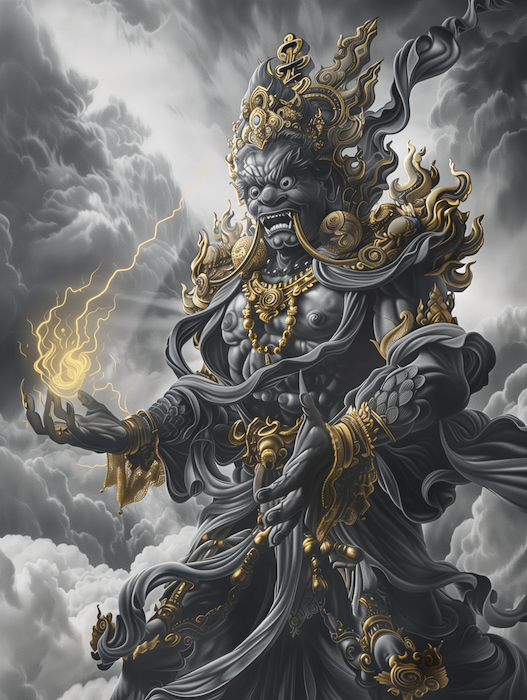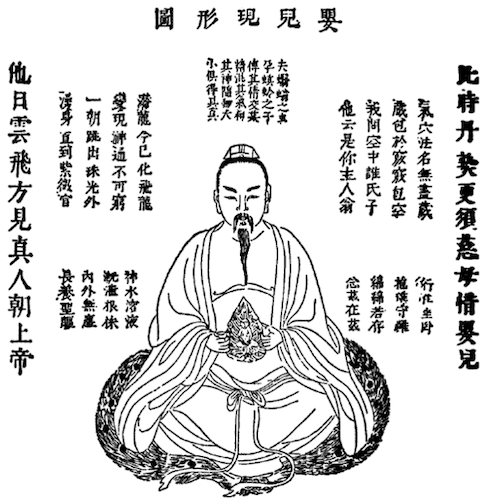Daoism
-
Vajrapani: the Protector of Shaolin
Vajrapani is a deity with special significance for Shaolin Temple who is rich with symbolism. Could he also represent the skill of electric-like qi emission? As discussed below, this idea may not be too much of a stretch. Vajrapani is the patron Bodhisattva and protector deity of Shaolin Temple. In Chinese he is called Jingang Shou Pusa (金刚手菩萨), literally, “holder of the vajra.” The vajra is both a symbolic ritual object and a weapon, and could be translated from Sanskrit as either “thunderbolt” or “diamond.” Vajrapani is a deity that is not only seen as a protector and source of strength, but also represents some of the most interesting juxtapositions…
-
What is the difference between Qigong 气功, Neigong 内功, and Neidan 内丹?
Summary: We should be wary of narrow definitions of these terms applied broadly as they can refer to many things and can often overlap or be interchangeable in many contexts. “Neigong” and “Qigong” are basically synonymous and are umbrella terms for a wide range of energetic practices that cultivate the “post-heaven” qi 氣 (houtian zhi qi 后天之气) of the body. From what I have seen, these two terms seem to be treated synonymously in many, if not most, Chinese internal arts circles, although Western internal arts circles are increasingly distinguishing them in specific ways. Neidan differs in that it is a specific (yet still vast) genre of practice that seeks to…
-
Understanding Qi
Summary: Qi is the fundamental stuff of existence according to classical Chinese thought. It is the living, flowing, transforming substratum of existence encompassing everything from matter to energy to consciousness and more. It needs to be understood within the context of classical Chinese thought and should not be cut-and-pasted out from its native philosophical system into other systems of thought lest it simply become some sort of misunderstood “magical energy.” The Three Treasures (Jing, Qi, and Shen) are important concepts for understanding the body in relation to Chinese internal arts practices. While they are all ultimately just Qi (and the whole of the human body-mind is ultimately also just Qi),…
-
Mountains and Rivers of the Human Body
The Chinese saw the universe as unfolding from the Unity of the Dao into the multiplicity of diverse processes and objects that we see around us. This unfolding was understood and expressed through various organizing principles including Yin and Yang, the Five Phases (“Five Elements”), and the trigrams and hexagrams of the Yijing, among others. These universal patterns were seen as operating throughout nature, at all scales, so the idea of macrocosmic and microcosmic correlation was natural. As above, so below. This so-called “correlative cosmology” lead way to the idea that the human body is a miniature cosmos, because indeed, the patterns of natural expression found in the universe at…



